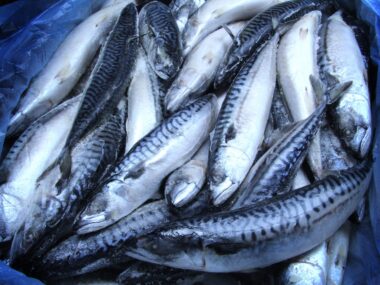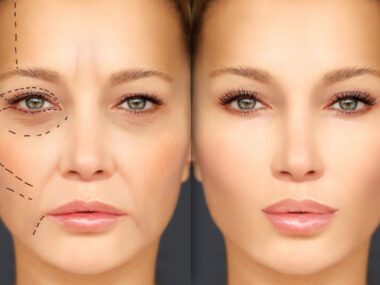Sugar is a sweet, crystalline substance that is commonly used as a sweetener in various food and beverage products. It can be derived from different sources and is a significant part of modern diets.

Types of Sugar
- Sucrose: The most common type of sugar, typically derived from sugarcane and sugar beets. It’s composed of equal parts glucose and fructose and is often referred to as “table sugar.”
- Glucose: A simple sugar, also known as dextrose, that is a primary source of energy for the body. It’s found in various carbohydrate-rich foods.
- Fructose: Another simple sugar naturally found in fruits and honey. High-fructose corn syrup (HFCS) is an artificial sweetener often used in processed foods and beverages.
Sources of Sugar
- Natural sources of sugar include fruits, vegetables, and honey. These sugars are accompanied by fiber, vitamins, and minerals.
- Added sugars are sugars or syrups that are added to foods and beverages during processing or preparation, including white sugar, brown sugar, and HFCS.
Culinary Uses
- Sugar is used to sweeten a wide range of foods and beverages, including baked goods, desserts, soft drinks, and sauces.
- It can also be used in preservation methods, such as making jams and jellies.
Sweetness and Flavor
- Sugar adds sweetness and can enhance the flavor of various dishes by balancing acidity and bitterness.
Health Considerations
- Caloric Content: Sugar is calorie-dense, providing approximately 4 calories per gram.
- Health Risks: Excessive consumption of added sugars has been associated with various health risks, including obesity, type 2 diabetes, and cardiovascular diseases.
- Dental Health: Sugar is a significant contributor to tooth decay when consumed in excessive amounts.
Sugar Alternatives
- Artificial sweeteners like saccharin, aspartame, and sucralose are used as sugar substitutes in products labeled “sugar-free” or “diet.”
- Natural sugar alternatives include stevia and erythritol.
Sugar Processing
- Sugarcane and sugar beets undergo several processes, including extraction, purification, and crystallization, to produce granulated sugar.
Sugar Consumption
- Sugar consumption varies by country and culture. Western diets, in particular, tend to have high levels of added sugars in processed foods and sugary beverages.
Sugar and Nutrition Labels
- Many countries require food manufacturers to list the amount of added sugars on nutrition labels, helping consumers make informed choices.
Sugar Industry
- The sugar industry plays a significant role in the economies of countries that produce sugar from sugarcane or sugar beets.
Sugar in Historical Context
- Sugar has a long history, dating back to ancient times. It was a luxury item in the past and was often used as a form of currency in some societies.
Reducing Sugar Intake
- To reduce sugar intake, many health experts recommend reading food labels, limiting sugary beverage consumption, and choosing whole foods over processed ones.
It’s important to be mindful of sugar consumption as part of a balanced diet, as excessive sugar intake can have negative health effects. Reading food labels and understanding the different types of sugars can help individuals make informed dietary choices.










